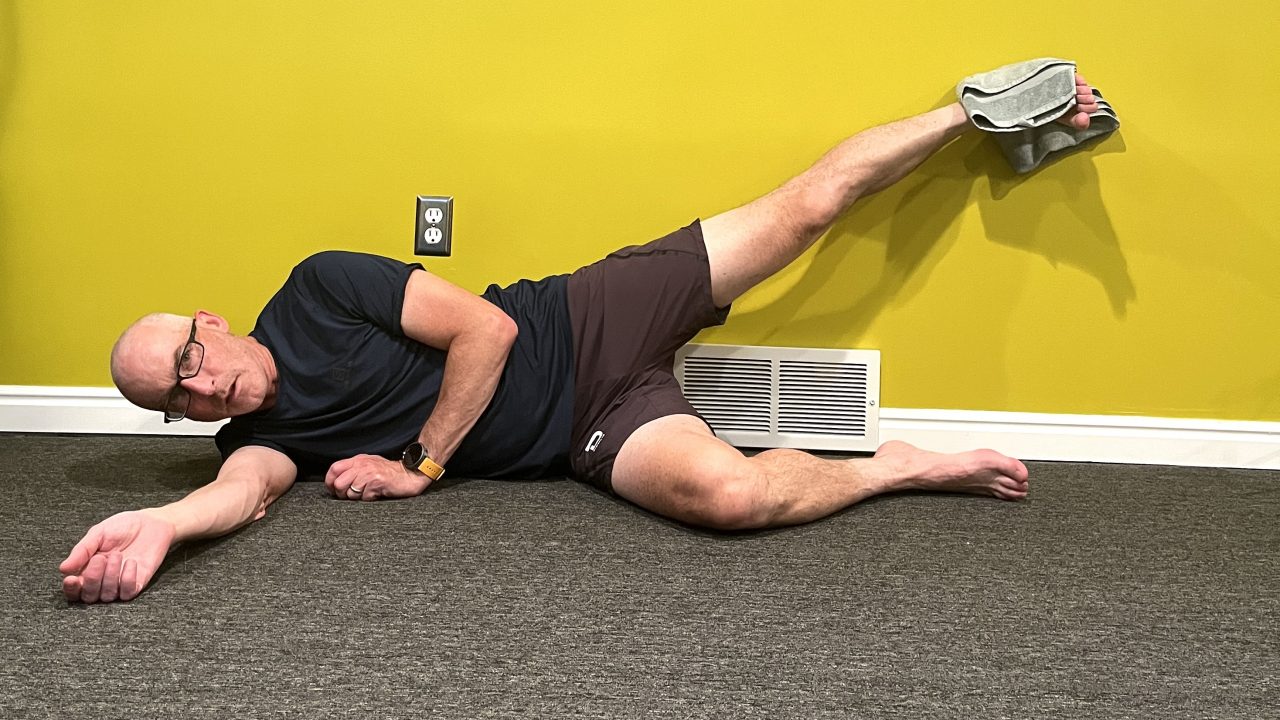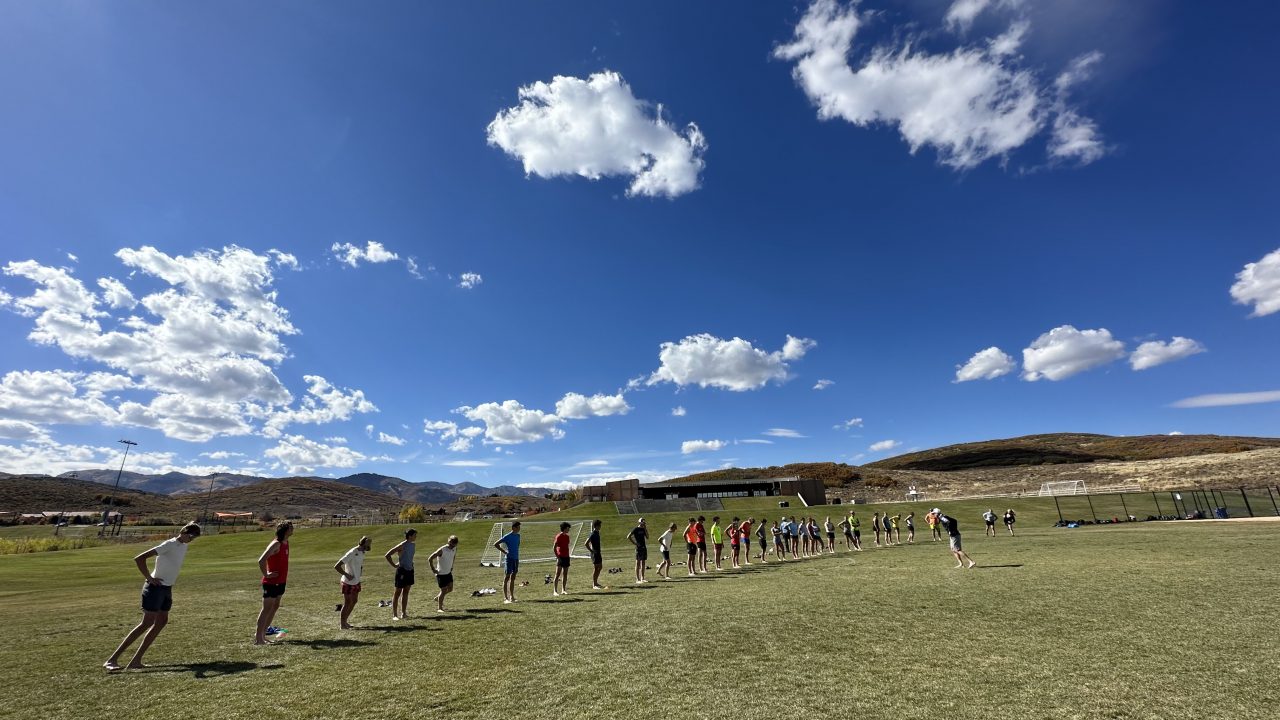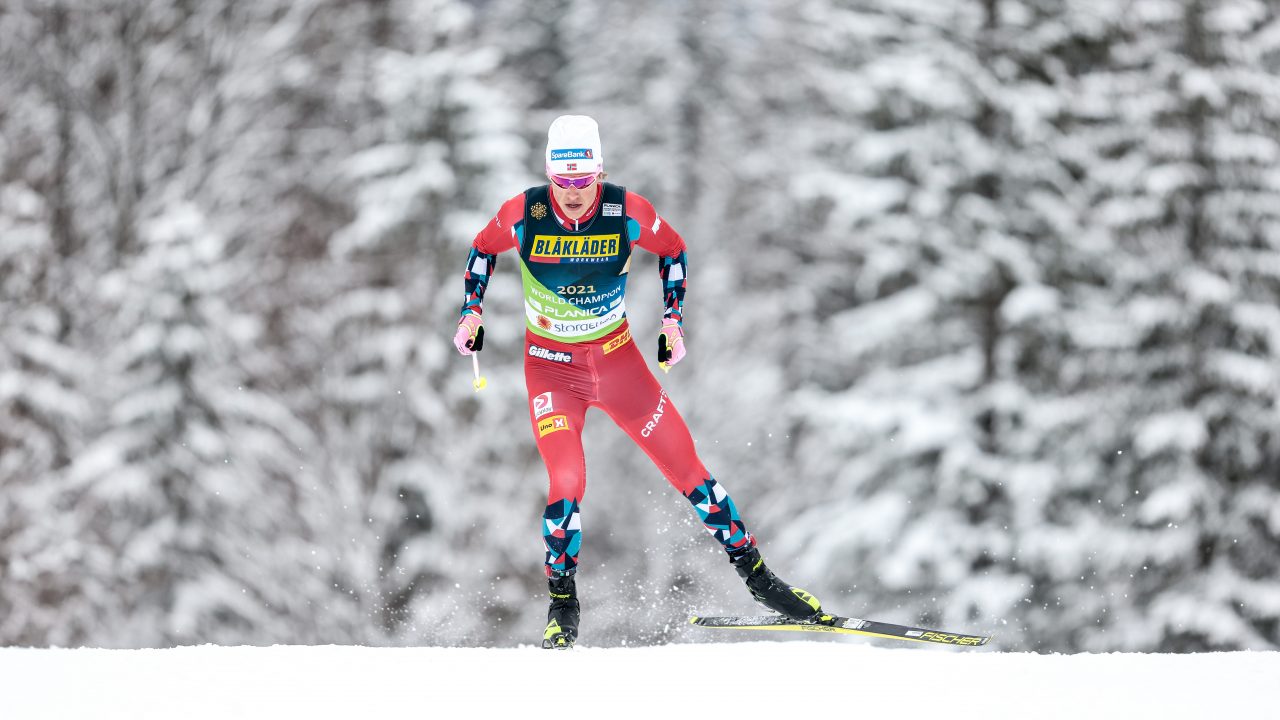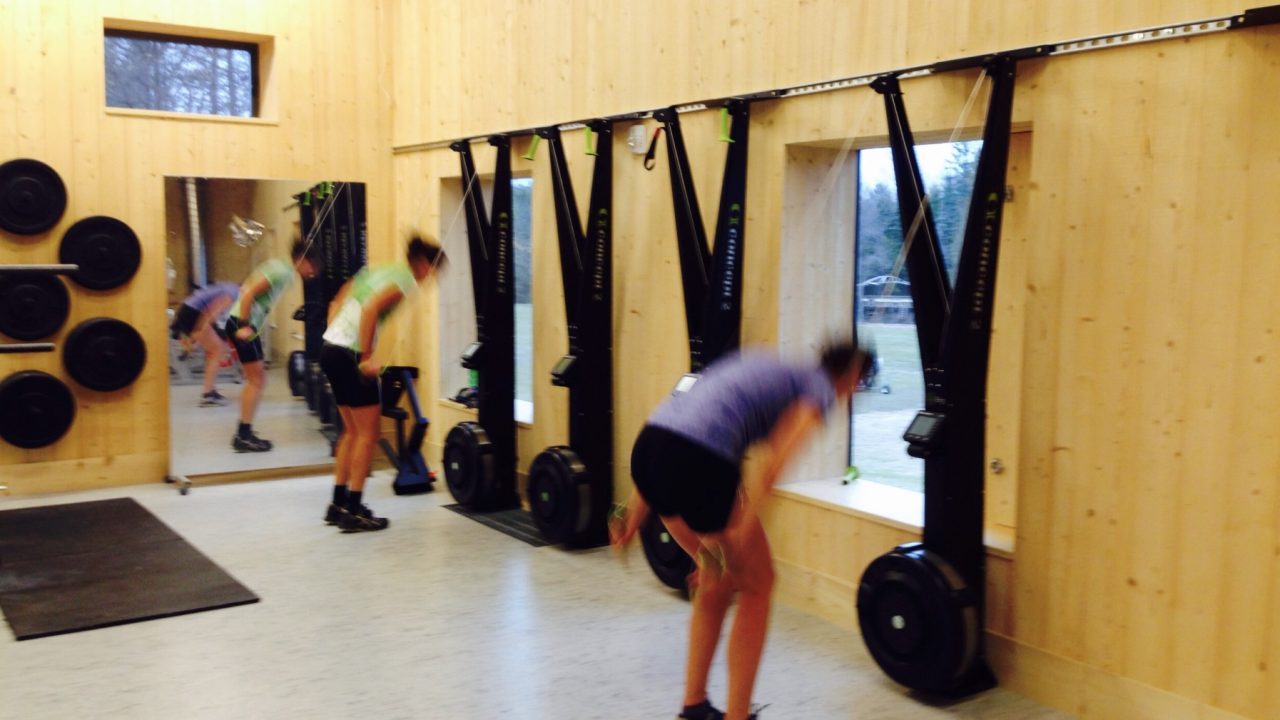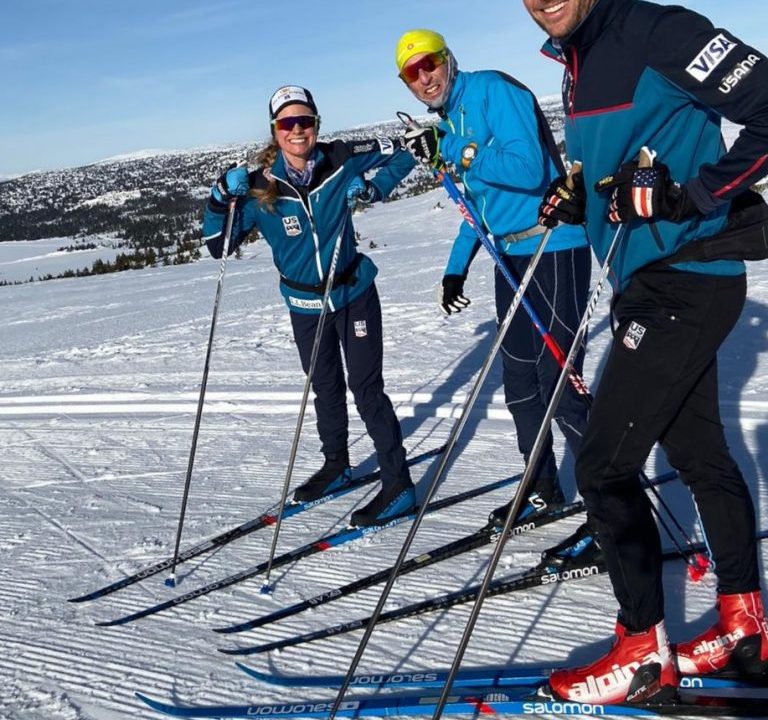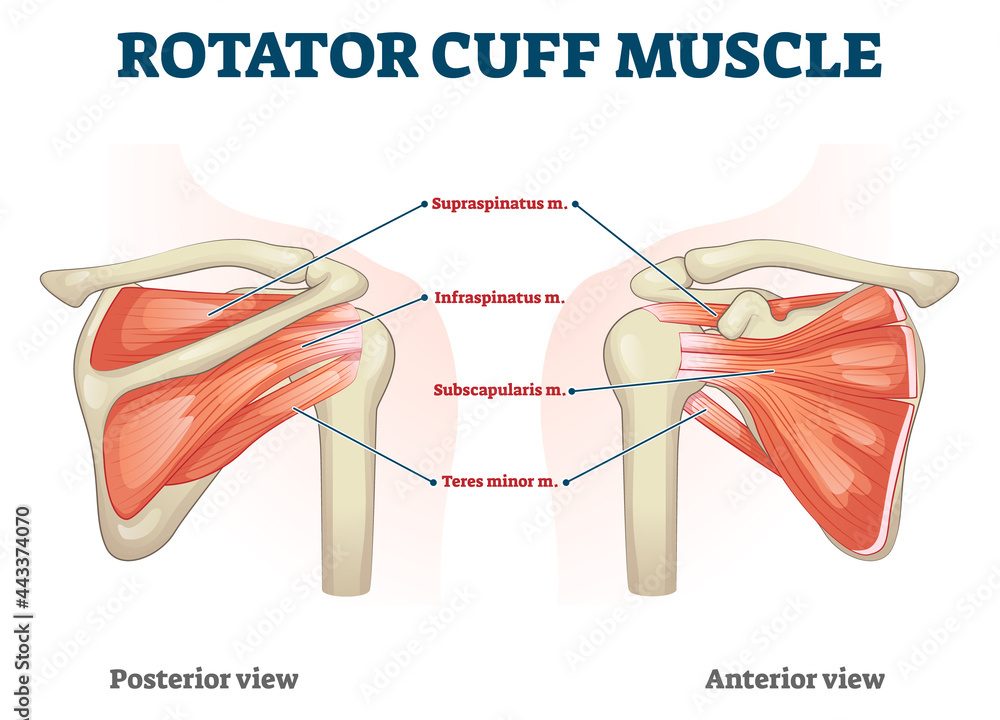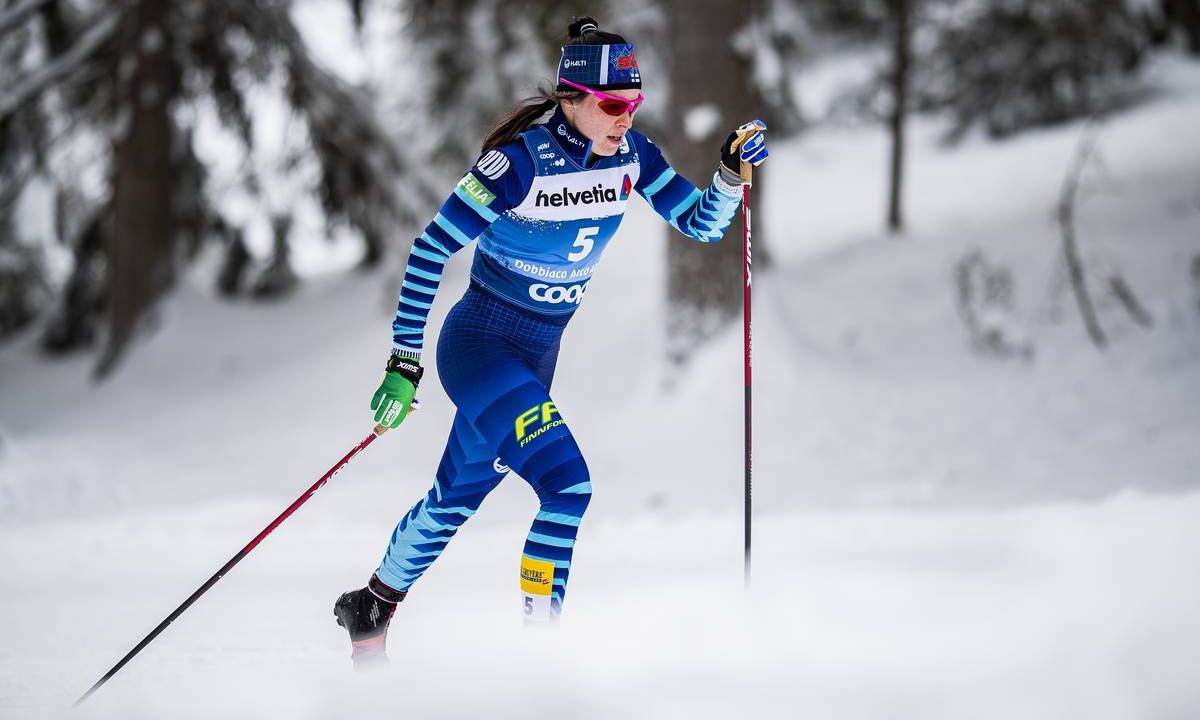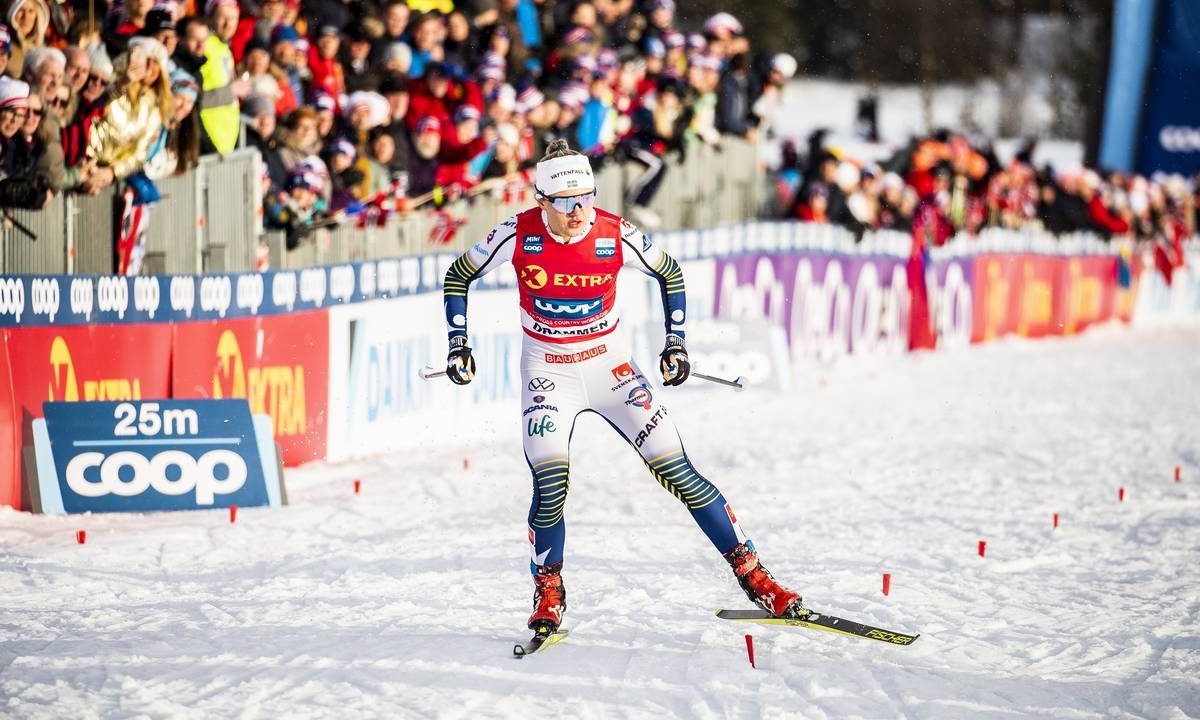One of the beauties of skate skiing for the recreational athlete is that it gets us out of the straight line, sagittal plane motion that is so common with walking, running, and cycling. But this also poses a challenge for those of us who don’t rollerski in the summer: How do we stay conditioned for skate skiing’s lateral motion when there’s no snow on the ground? Fortunately, there’s a long list of exercises that will...
HomeTag
Ned Dowling
An Ode to the Big Toe
Ned DowlingJanuary 14, 2024
The big toe is called the big toe because it’s bigger than the other toes. It has bigger bone and muscle structure because it takes more load. When we walk and run, we are programmed to get the big toe on the ground. But how and when we get the big toe to the ground can cause problems. Too much, too soon, too late, or too fast and efficiency suffers. When efficiency decreases, loads...
In Good Standing—Fundamental Elements of Ski Stance
Ned DowlingOctober 20, 2023
“Big motor, lousy suspension.” That’s how I often describe the endurance athletes I see in physical therapy. They have the physiology to go fast but are lacking the stability and/or coordination for efficient movement. Decreased efficiency equals increased load. And excessive load has led to injury and a visit to their friendly, neighborhood PT. I used the same description while Greta Anderson, the US Cross Country Development Coach, and I stood trackside last August watching...
Injuries are Inevitable
Ned DowlingJuly 24, 2023
Injuries are inevitable . . . As a physical therapist, I am often preaching prevention through maintenance exercises and training strategies; however, despite very well intended plans, injuries can still happen. Some of these will be short term, quite manageable, and maybe just a product of bad luck. Other injuries are longer lasting, will likely require some medical management, and are certain to impact training, whether from an acute trauma or from symptoms that have...
Most conversations regarding training for endurance sports center on competition: the training schedule is built around the races. But what if you don’t compete? What if you’re out there on the ski trails, bike trails, and hiking trails without a race number? What if your objective is not to podium but to simply enjoy the opportunity to push your body? Is there still a reason to “train” when there isn’t a competition to train for?...
US Ski & Snowboard recently hosted a course titled “Medical Emergencies in Skiing and Snowboarding”, which is required training for all physical therapists and athletic trainers working with the team during competitions. As the name would imply, we learned about emergency management of acute injuries: application of cervical collars, tourniquets, back boards, distraction splints, and plenty of other nasty scenarios we hope to never see. Thankfully, cross country skiing tends to be lower risk when...
I hate rollerskiing. As much as I try to be a good Nordie, I just can’t get over my fear of hitting the pavement. Between a history of bike racing and the rollerski learning curve, I’ve already lost enough skin. I know it’s good for me and might make me faster on snow, but I’m too old to put up with my heart rate being affected more by fear-induced adrenaline than by quality training. My...
Click here to read an account of physical therapist Ned Dowling’s first stint overseas with the US Ski Team in March, 2020. Holmenkollen, Norway. March 8, 2020 – Men’s 50k Classic World Cup. 33 degrees and raining. The ski jump was engulfed in clouds. Spectators were forbidden from attending the Super Bowl of cross country skiing due to the impending COVID pandemic. My first stint as a physical therapist traveling with the US Ski Team...
Introducing a New Series: Ask the PT
Rachel PerkinsJanuary 19, 2022
When I began skiing halfway through high school, I remember my coach telling our team that cross-country skiing was a “lifelong sport”. Now, more than a decade and a half later, I don’t have to look far to see the truth in that statement. While out for a ski on local trails, I might see a 65 year old retiree who is training for the Korteloppet, a 50 year old former bike racer who has...
Adding Power to the Push Off: Understanding the Rate of Force Development
Ned DowlingNovember 1, 2021
This article builds upon the four-part “Building a Better Skier” series, which explores how biomechanics and movement patterns affect skiing technique, and more importantly how you can apply these concepts to improve your skiing. Please feel free to email the author with any questions: ned.dowling@hsc.utah.edu. Recently, I overheard one of my Physical Therapy colleagues tell a patient, “We’ve got to get you jumping. If you want to get back to running, you’ll need to do...
Building a Better Skier Part 4: The Shoulder
Ned DowlingAugust 30, 2021
This is Part 4 of a series delving into how biomechanics and movement patterns affect skiing technique. If you haven’t already, start with the introduction, Part 1 which introduces the concept of a neutral spine posture, Part 2 which describes spine stability and mobility, and Part 3 on single limb stability. ——————————————– Upper body power is a major contributor and perhaps even a determinant of cross country skiing performance. Poling accounts for up to 60%...
This is Part 3 of a series delving into how biomechanics and movement patterns affect skiing technique. If you haven’t already, start with the introduction, Part 1 which introduces the concept of a neutral spine posture, and Part 2 which describes spine stability and mobility. The ability to balance and be stable on one leg is where the rubber meets the road (or ski hits the snow). True, we generate propulsion with strength and endurance,...
Building a Better Skier Part 2: The Spine, When to Move it, and When to Keep it Still
Ned DowlingJuly 9, 2021
This is Part 2 of a series delving into how biomechanics and movement patterns affect skiing technique. If you haven’t already, start with the introduction and Part 1, which introduces the concept of a neutral spine posture. There are many ways to conceptualize biomechanics, but they all need a starting place. If we think about ski technique, where do we want to start? On the glide leg? With the poles? At the hips? For this...
Building a Better Skier is a multi-part series born from the inquisitive mind of a physical therapist and late-blooming Nordic skier. The objective is to explore how biomechanics and movement patterns affect skiing technique, and more importantly how you can apply these concepts to improve your skiing. To cover this topic thoroughly would likely require a hefty book, so apologies in advance if these articles lack depth or specificity. Please feel free to email the...
“Get whatever you want. I’m buying.” “It’s ok. I’ve got a card with me.” “No. You’re over here working for us. The least I could do is buy you a coffee and a bun.” Conversation over. Jessie Diggins bought my cinnamon bun and cappuccino. The same Jessie Diggins who won Gold at the last winter Olympics and is a regular on World Cup podiums just refused to let me buy my own snack at the...

